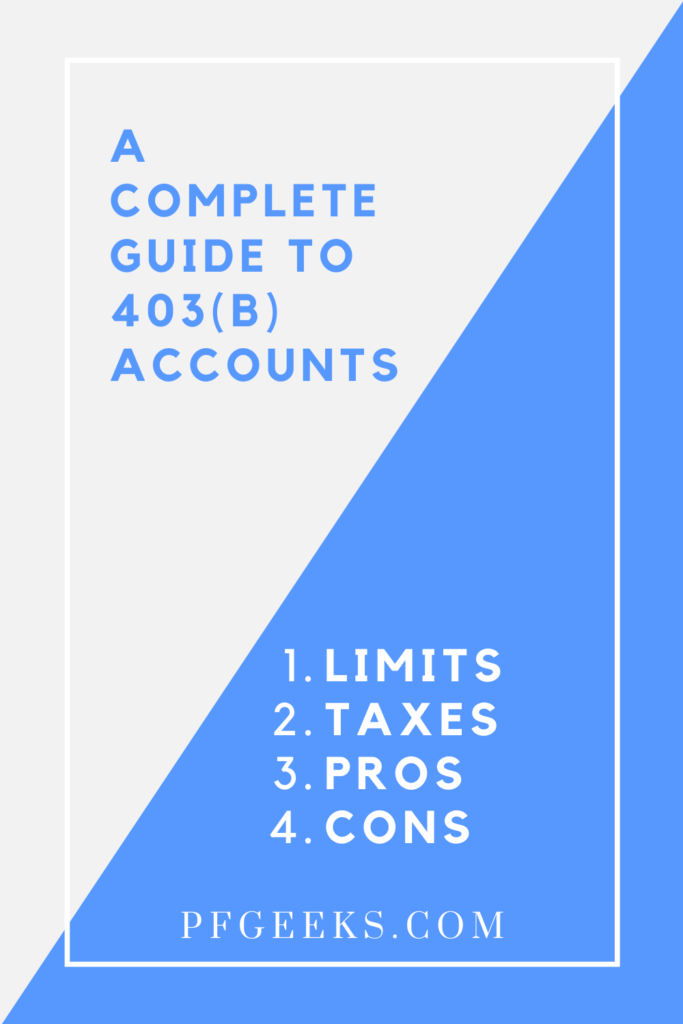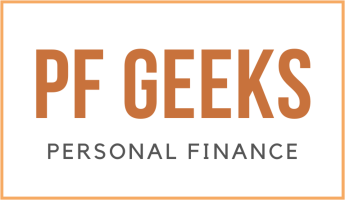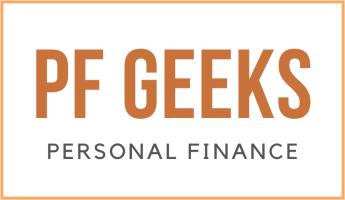Retirement plan can be a confusing topic because there are so many different options that are suitable for a variety of different situations. It is important to have an understanding of the options available to you so you can begin planning for your retirement.

Contents
What is a 403(b) Plan?
A 403(b) plan or a church plan is a retirement plan account that is almost identical to a 401(k) retirement plan. The primary difference is that 403(b) retirement plans are designed to serve employees of the public sector, such as public schools or other tax-exempt organizations, whereas 401(k) retirement plans serve employees of the private sector.
A 403(b) plan is available to tax-exempt organizations with eligible employees such as teachers, school administrators, professors, government employees, nurses, doctors, librarians, and church employees.
Religious ministers, church employees or those with 501(c)(3) church status may also participate in 403(b) retirement plans, but it is important to note that they typically use a specialized 403(b)(9) church plan.
Important Things You Should Know About a 403(b) Plan
Now that I’ve covered the major differences between a 403(b) plan and a 401(k) retirement plans, I can dive into important things you should know about this type of retirement plan account.
Maximum Contribution Limit
The maximum employee contribution limit for a 403(b) account in 2020 is $19,500. If you are over the age of 50, you can make a catch-up contribution of $6,500 for an aggregate total contribution of $26,000.
Additionally, if your employer does offer matching employer contributions the maximum of all employee and employer contributions in 2020 is $57,000 or 100% of the employees most recent yearly salary.
Taxation
A 403(b) retirement plan account offers two different taxation options just like a 401(k). Contributions can be made either pre- or post-tax. If your employer offers a Roth 403(b) you can make contributions post-tax. This means that when you withdraw the funds in retirement plan, you will not have to pay taxes on your withdrawals.
Alternatively, if you choose to make contributions pre-tax, you will offset your taxation in the current year, but you will be required to pay taxes on your withdrawals in retirement.
Whether you make your contributions pre- or post-tax is up to you, however, if you expect your salary to continue to go up, it is probably more beneficial to pay the taxes now so you aren’t taxed at a higher rate in the future.
Withdrawal Rules
In 403(b) retirement plans, you must wait until you are 59 ½ years old to make withdrawals without any penalties. However, if you retire at the age of 55, you may be eligible to make contributions without paying the penalty fee.If you choose to withdraw funds before the age of 59 ½ you will incur a 10% penalty on your withdrawal. If you can avoid pulling money out of your retirement plan account, you should definitely do it. Only pull money out in situations of extreme financial need.
Pros and Cons of a 403(b) Retirement Plans
Just like every other retirement plan account, a 403(b) has both advantages and disadvantages. Having an understanding of these can help you determine if this is the right account for you.
Advantages of a 403(b) Retirement Plans
- 403(b) retirement plans have a high contribution limit
- Employers can match a percentage of your contributions with their employer contributions
- You can make a pre-tax contribution or post-tax.
Disadvantages of a 403(b) Retirement Plans
- Retirement plans vill pay early withdrawal fees if you withdraw funds before age 59 ½
- 403(b) retirement plans typically have less investment options than other retirement plan accounts
- 403(b) retirement plans can have higher expense ratios and fees
Frequently Asked Questions
How Does a 403(b) Retirement Plan Work?
A 403(b) retirement plan works similarly to other types of employer-sponsored retirement plans.
When you set up your retirement plan account, you will select the investment options that you want your money invested in.
You will also choose if you want to make a pre-tax contribution or post-tax
Money will then be deducted from each paycheck and invested in whichever investment options you chose when setting up your account. Your investments will grow tax-free until they are withdrawn from your account.
You can withdraw without penalty after 59 ½ and may be required to pay gross income taxes depending on whether you paid taxes on your contributions or not.
Can You Lose Money in a 403(b) Retirement Plan?
Investing money through a 403(b) retirement account is no different than any other investment. However, the investment options in a 403(b) plan will always be well diversified and have managers who have years of experience managing portfolios of investments.
This makes it very unlikely that you will lose money over the long run when investing in a retirement plan account like a 403(b). But, it is not completely impossible to lose money.
Final Word
If you are eligible to use a 403(b) plan, you should weigh the advantages and disadvantages and determine whether or not it is the right retirement vehicle for you. Regardless of which retirement account(s) you choose to use, just start making contributions as early and often as you can.
BIO:
Austin is the founder of The Logic of Money and has a passion for finance and helping others. He studied finance, investments, and banking as well as real estate and urban land economics in college. He hopes that he can share his knowledge and tips with others to help make personal finance less stressful for everyone.

